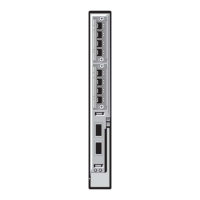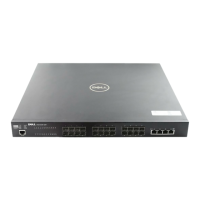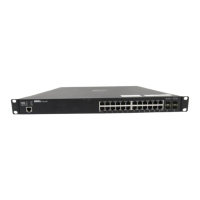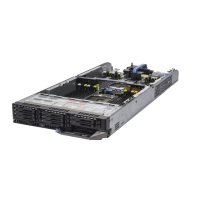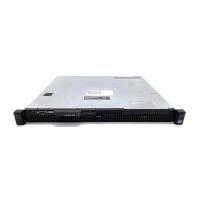Multicast Features | 671
Using a Static Multicast MAC Address
Using a Static Multicast MAC Address is supported on platform c
When a multicast source and multicast receivers are in the same VLAN, you can configure a router so that
multicast traffic is switched only to the ports assigned to a VLAN that is associated with a static multicast
MAC address. This task improves router performance by limiting the output ports to which multicast data
is sent.
To enable a router to switch multicast traffic in a Layer 2 VLAN only to the ports associated with a static
multicast MAC address, you must:
1. Enable the router for Layer 2 multicast switching.
2. Configure a static MAC address and associate it with a Layer 2 VLAN used to switch multicast traffic
on the router to output ports assigned to the VLAN.
To enable Layer 2 switching of multicast traffic, follow these steps:
To return to the default Layer 3 multicast forwarding on the router, enter the
no ip multicast-mode l2
command after you remove the static multicast MAC address with the no mac-address-table static multicast
vlan output-range
command.
Step Task Command Syntax Command Mode
1 Enable Layer 2 multicast switching.
ip multicast-mode l2
CONFIGURATION
Note: Enabling Layer 2 multicast switching automatically disables default Layer 3 multicast routing on the router.
2 Configure a static multicast MAC address,
associate the multicast MAC address with the
VLAN used to switch Layer 2 multicast traffic,
and add output ports that will receive multicast
streams to the VLAN.
mac-address-table static
multicast-mac-address
multicast vlan vlan-id
range-output
{single-interface |
interface-list | interface-range}
CONFIGURATION
Note: You can add individual or a range of ports to the VLAN used for Layer 2 multicast forwarding as follows:
range-output single-interface specifies one of the following port types:
- 1-Gigabit Ethernet: Enter gigabitethernet slot/port.
- 10-Gigabit Ethernet: Enter tengigabitethernet slot/port.
- Port channel: Enter port-channel {1-128}.
range-output interface-list specifies multiple ports separated by a space, comma and space; for example:
tengigabitethernet 0/1 , gigabitethernet 0/3 , ...
range-output interface-range specifies a port range in the format:
interface-type slot/first_port - last_port; for example: tengigabitethernet 0/1 - 3
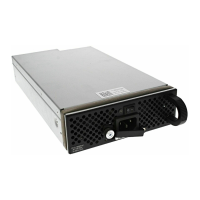
